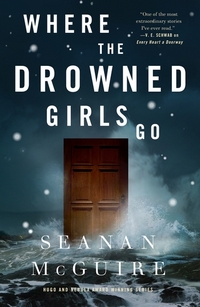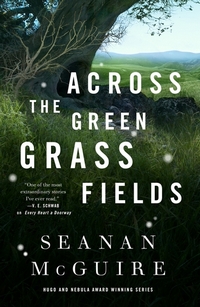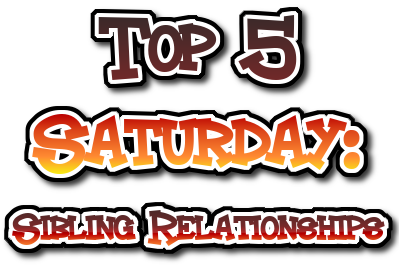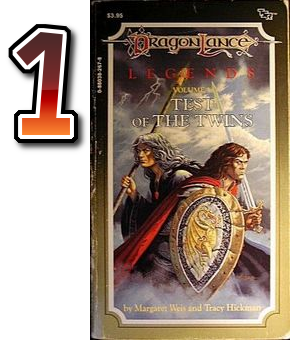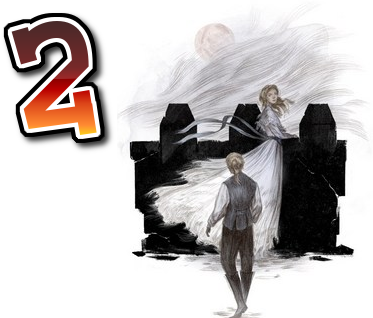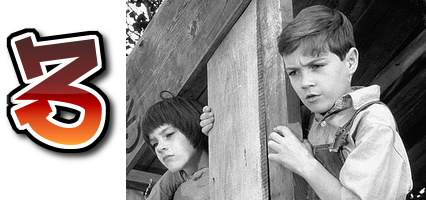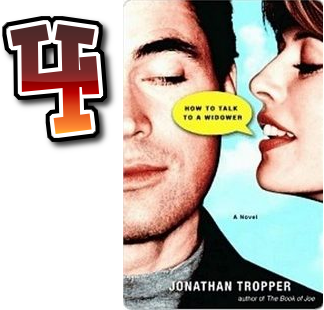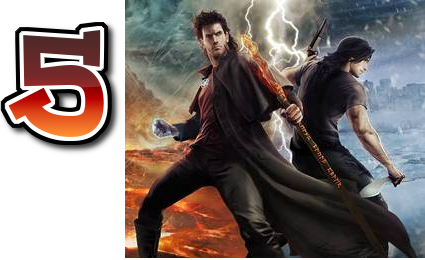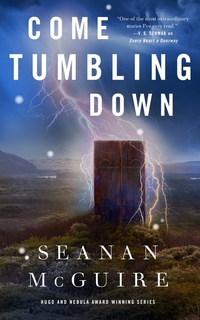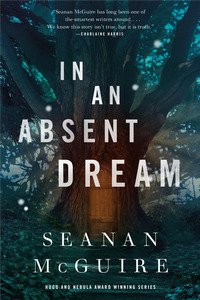Is it cheating to call a Fantasy Novella “Magical”? Isn’t that part of the definition?
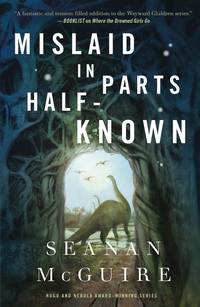 Mislaid in Parts Half-Known
Mislaid in Parts Half-Known
DETAILS: Series: Wayward Children, #9 Publisher: Tordotcom Publication Date: January 9, 2024 Format: eARC Length: 160 pg. Read Date: December 13-14, 2023

Continuity Counts
By and large, the Wayward Children books can be read in any order—sure, things will mean more if you read them in order of publication (so far, anyway). It’s easier that way to catch allusions, understand the depth of relationships, come close to tracking what Sumi is talking about, etc. But you can get away with skipping around.
But you really need to read this one after Lost in the Moment and Found. It’s the closest thing to a direct sequel that we’ve had in this series. It’s also kind of a follow-up to Where the Drowned Girls Go (and, as always, touches on several others).
This is largely Part II of Antsy’s story—the story is shared by a group of the students (my favorites in the series) on one of those quests they’re not supposed to undertake—and whoops, I’ve started writing the next section.
What’s Mislaid in Parts Half-Known About?
Antsy is having a hard time adjusting to life at Eleanor West’s School for Wayward Children, almost as much trouble as she’d be having adjusting to anywhere else on Earth. Part of that comes from not being as honest about her circumstances as she could’ve been—understandably so, I think—which just made everything worse.
Still, there are signs that things may get better, helped a little by Antsy being able to find anything for people. Then Seraphina (who can get anyone—with one or two exceptions—to do what she wants) decides to use her abilities on Antsy to get her to find her Door.
Ansty, Sumi, and some others (I’m not going to name them to keep your interest piqued) manage to slip away using Antsy’s ability to find things and her knowledge of how Doors work, eventually getting back to the Shop Where the Lost Things Go. Which wasn’t exactly where Antsy wanted to be—and she learns that things there hadn’t gone as expected when she left and a whole new quest develops.
Not About Jim Morrison’s Band
When I wrote about Lost in the Moment and Found earlier this year, I said:
This entry would be a worthwhile read for fans if only for this one thing—we learn more about the Doors and how they work. I’m not going to go into it, obviously, nor am I going to promise that every question you had about the Doors will be answered—actually you’ll likely end up with new questions, but they’ll be informed questions.
That’s true here, too. In fact, we learn so much about them that I almost don’t want to learn anything more about Doors for another 8+ books so they don’t get too demystified. McGuire being McGuire, I know that if she reveals a whole lot more in the next book, I’ll end up repeating everything I said prior to this sentence—and I’ll be happy and equipped with more questions.
Regardless—what we do learn here is fantastic. It both makes utter sense—in the way that maybe we all should’ve guessed it already (maybe some did)—in terms of storytelling, worldbuilding, and more. I wonder what (some of) the students understanding this is going to do to things going forward. If anything.
Future Continuity
Speaking of things going forward, something major is on the way for Eleanor West. It’s been hinted at before, but so many things in this book point to it happening soon (but in Wayward Children-time, it could take 3-4 novellas for us to get to “soon”). I’m eager to see it, as much as I’m dreading what it might mean.
One Quick Character Note
Every protagonist of these novellas—and a significant chunk of the supporting characters—has been wonderful. With the exception of Seraphina and her crew*, I like all the students we’ve met at the School and want to know more about them all.
* I’m waiting for McGuire to decide it’s time to humanize them so we readers will root for even them, and we’ll feel bad for not doing so earlier.
But…from the moment we met her, Sumi’s been a favorite of mine. I should probably use the definite article there, actually. So I’m not unbiased when I say that in Mislaid in Parts Half-Known she is glorious, but she really is. She’s funny, she’s loopy, she’s brave, and she’s wise. Hard as that last one might be to believe. She’s also rather clever and displays that at the end.
The main parts of the story belong to Antsy and a couple of other characters—but Sumi stole every scene she was in and I really just want a few in a row featuring her.
So, what did I think about Mislaid in Parts Half-Known?
This is not my favorite Wayward Children book, but it’s close. There aren’t one or two big emotional moments like there typically are in these (at least not that hit me…your results may vary). But there were a handful of small emotional moments that worked so well—in terms of what happened to someone, how it impacted the other characters, and the way that McGuire wrote them—that I don’t care. It might even be better this way.
The worlds we saw were wonderful—really, you could set an entire fantasy trilogy in them without reference to any other. The world hinted at on the cover, for example, could easily sustain a 1,500-page trilogy full of whimsy and danger.
There’s probably more humor and smile-inducing moments here than several of these books combined sport. Which was a nice bit of fresh air (in a series that really doesn’t need it, but that doesn’t mean it’s not welcome).
Naturally, there are characters we’re not likely to see again due to the nature of these books, and I’m going to miss them. Although the endings they got were well deserved and well executed.
I almost always walk away from a Wayward Children book feeling satisfied and a little in awe of McGuire—I think that feeling is larger this time just because of the number of emotional and story notes she managed to hit, the storylines she was able to incorporate and resolve, the ones she just moved forward, and…everything else in 160 pages. It shouldn’t be possible. This book (like most in the series) is bigger on the inside.
A few paragraphs back, I said that this wasn’t my favorite in the series—but at the moment, I’m having trouble understanding why (but I’m going to trust my earlier impulse). But it is so, so, so good. I’m having trouble coming up with adequate adjectives at this point.
Go get this in January. Order it now (and/or request it from your library). If you haven’t read these books yet, go. At a bare minimum, get the first, Every Heart a Doorway, and then Lost in the Moment and Found, so you can be ready for this one when it’s released. You can catch up on the others later.
Disclaimer: I received this eARC from Tor Publishing Group via NetGalley—thanks to both for this opportunity. The opinions are all mine.

This post contains an affiliate link. If you purchase from it, I will get a small commission at no additional cost to you. As always, the opinions expressed are my own.
![]()



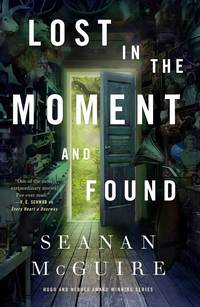

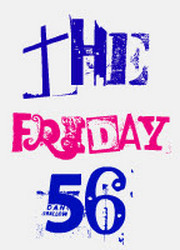
 Grab a book, any book.
Grab a book, any book.